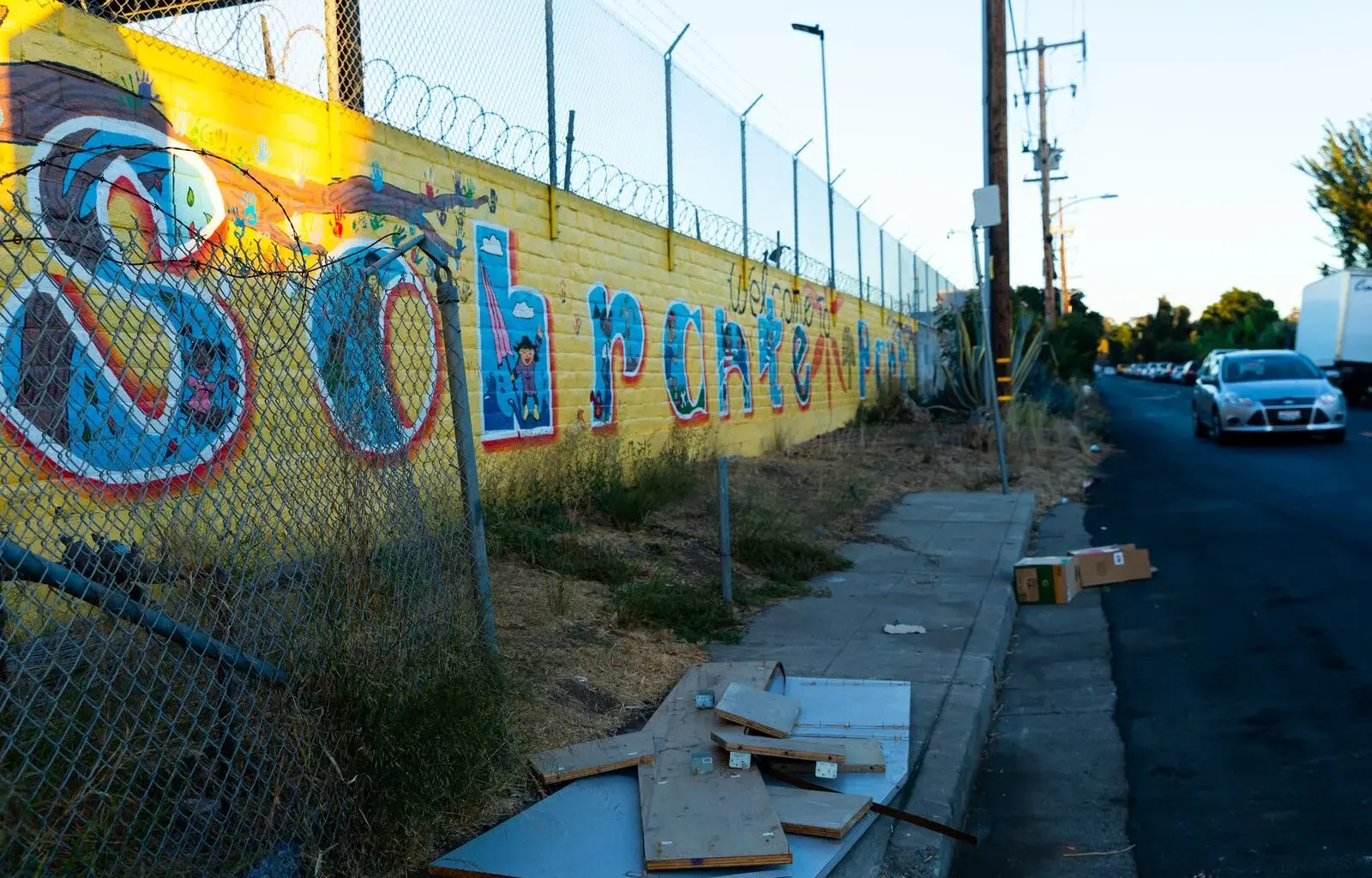Oakland has a police academy and a fire academy, intensive training programs where cadets are given skills they’ll need to work as police officers and firefighters.
In two years, it will also have a community violence intervention academy.
The city of Oakland’s Department of Violence Prevention is working with the Urban Peace Institute, a Los Angeles-based nonprofit, to create a training program for violence interrupters, unarmed civilians who de-escalate situations and prevent retaliation after shootings and other forms of violence. The first training cohort will launch in 2027.
Oakland’s violence intervention academy will be modeled after Urban Peace Institute’s peace academy, which was established in 2008. It launched after an audit found that even though Los Angeles spent $25 billion, mostly on police, during its 30-year war on gangs, gang violence and membership increased.
Since the academy started, the Urban Peace Institute has trained over 5,000 violence intervention workers in Los Angeles, Baltimore, Washington D.C., Chicago, and other major cities, according to Fernando Rejón, the nonprofit’s executive director.
Last week, the Oakland City Council approved a four-year contract between the Department of Violence Prevention, the Urban Peace Institute, and GreenLight Fund, a national philanthropic organization financing the partnership. As part of the contract, which begins this month and is valued at $1 million, the institute will provide technical assistance to the DVP and facilitate four training cohorts from 2027 to 2029 — two in the fall and two in the spring. Each cohort will accommodate up to 25 trainees.
According to Kate Schwass, the executive director of GreenLight Fund Bay Area, the partnership came about last year in a meeting with Holly Joshi, the chief of Oakland’s Department of Violence Prevention. “I met with Chief Joshi, and she told me in the same way we have police academies each year to train police officers, we should have peace academies to train community violence intervention workers,” Schwass said.
Between now and the summer of 2027, the DVP and the Urban Peace Institute will work to gather feedback from the community and develop the academy’s structure and curriculum.
“We call it trading jewels — we’re here to share with you our best, and we’re also going to learn from your best,” Rejón said.
GreenLight Fund will sponsor the first two years of the Oakland academy, after which the DVP will take over financially.
The trainings will be led by violence interrupters already working in Oakland. These individuals, who often have firsthand experiences with gun violence, gang violence, and the criminal justice system, are seen as credible messengers in the communities they work in.
Violence intervention workers “deserve access to training opportunities that contribute to their health and professional development, highlight best and promising practices, and keep Oakland on the cutting edge of violence prevention and intervention,” Joshi told The Oaklandside.
Although violence is trending down in Oakland, violent crime remains a problem. Data from the Oakland Police Department shows that violent crimes are down 25% year to date compared with the same time last year. ShotSpotter activations, which detect gunshots, are also down 24% citywide. Still, Oakland has a much higher rate of violent crime than most other California cities.
City leaders like Joshi say Oakland’s Ceasefire strategy has played a key role in curbing violence. A partnership between the Department of Violence Prevention, OPD, and local service providers, Ceasefire works by focusing on the small number of people at risk of picking up a gun or getting shot in the next 90 days and offering them services. The goal is to get these individuals off the cycle of violence and retaliation, whether by relocating them or helping them find a job.
Violence interrupters are an instrumental part of the Ceasefire strategy, since they can connect with and relate to high-risk individuals more than law enforcement. These workers aim to build relationships with community members before violence starts.
Community intervention workers, as they’re called by the Urban Peace Institute, come to this work in different ways. Some, according to Rejón, come out of prison and have difficulties finding employment but want to turn their lives around. Others want to give back to their communities as peacemakers because they have children and don’t want them to go down the same path. “We invest specifically in the areas that have the highest need based on” data on groups and gangs, Rejón said.
He noted that while the Urban Peace Institute works to be aware of the distinct group dynamics that exist in Oakland versus Los Angeles, the focus of these violence intervention academies is the same: public safety, but through a non-punitive approach.
“A mom crying in Oakland is the same as a mom crying in LA,” he said.
“*” indicates required fields

